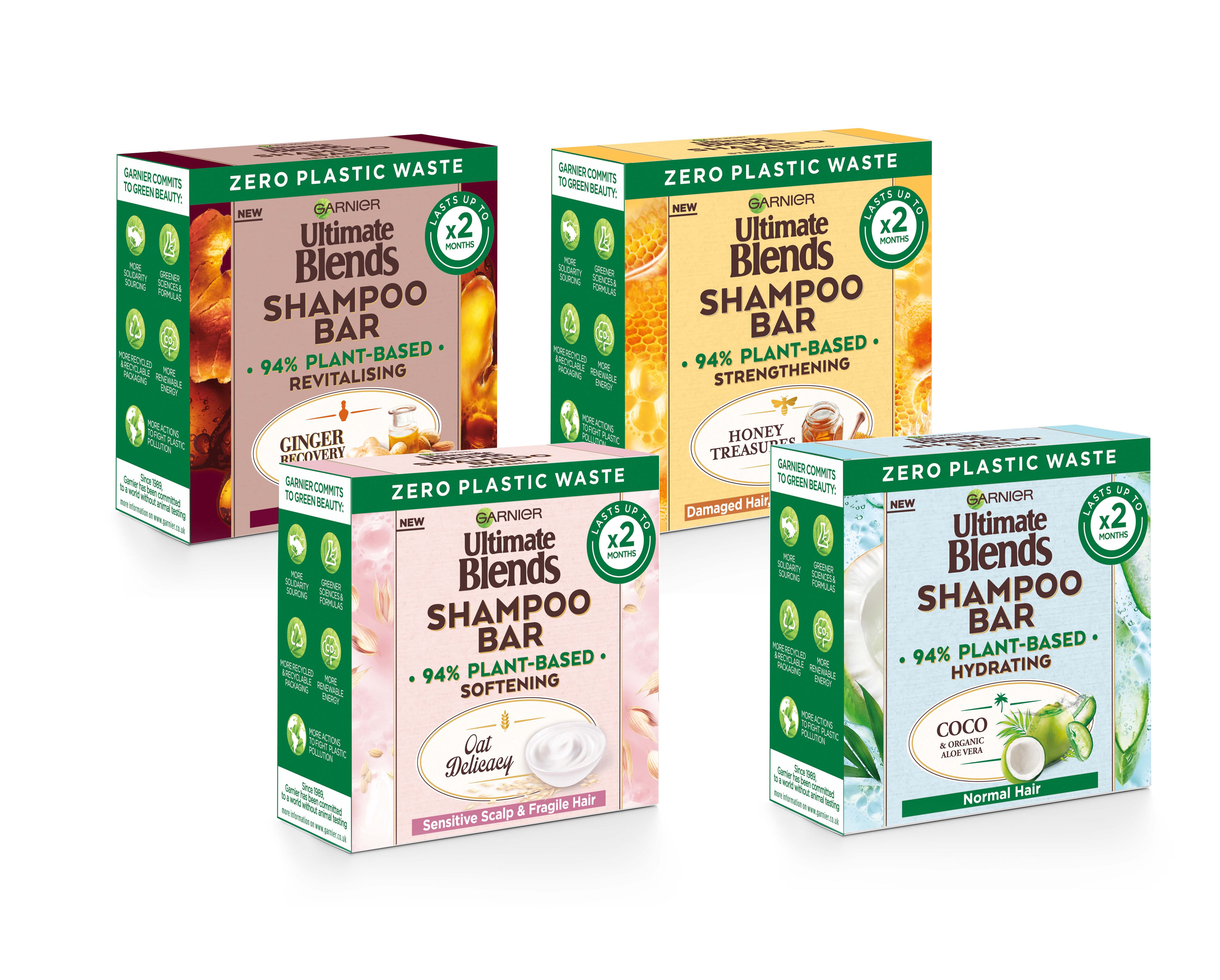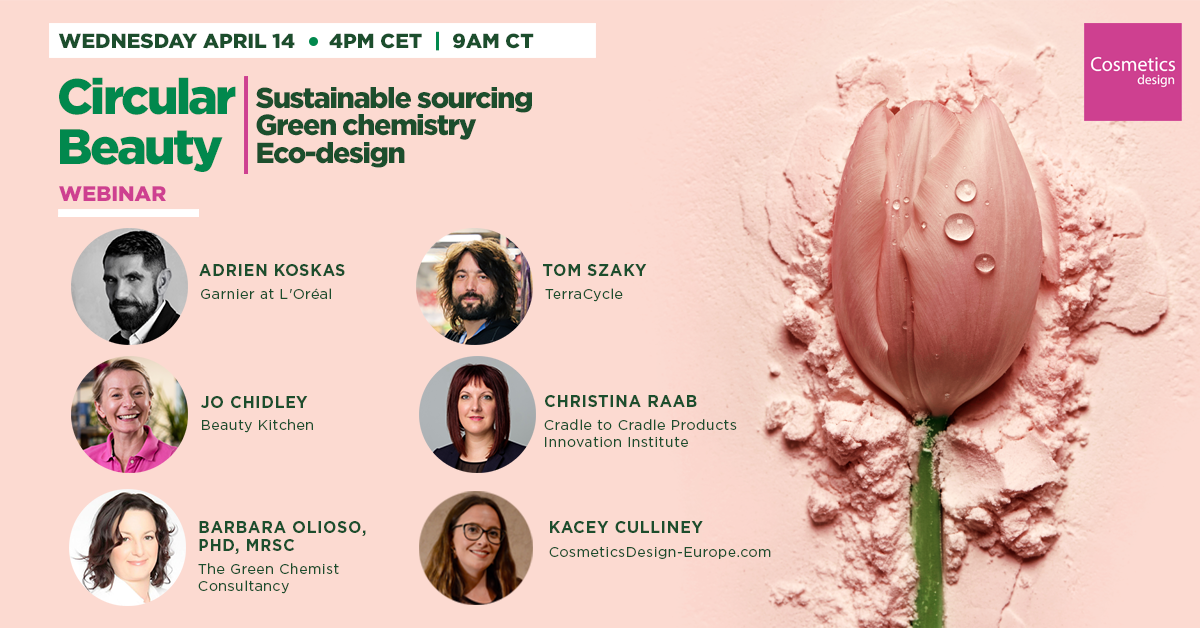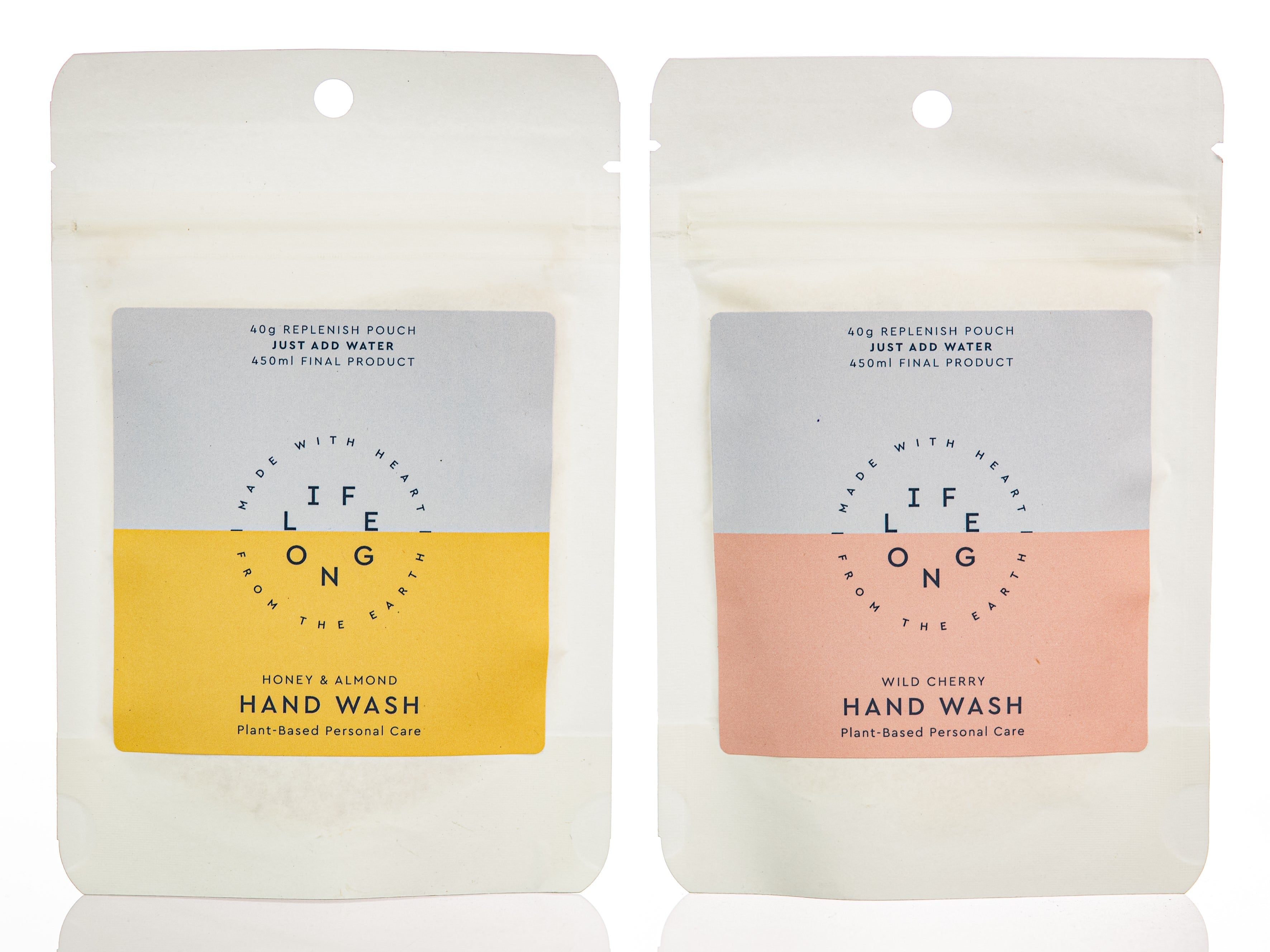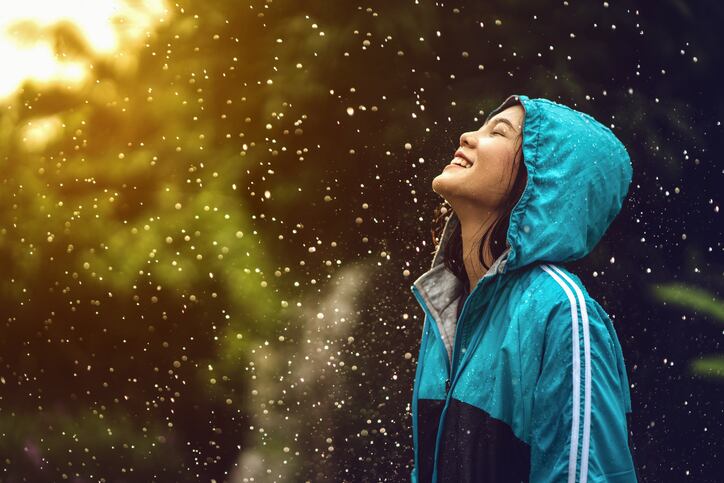Over the last 18-months, beauty brands and retailers had made a plethora of sustainable pledges for the next five to ten years, from reducing plastic packaging and switching out ingredients to reducing overall carbon footprints and water use. And L’Oréal was just one beauty major to do so with its ‘For the Future’ 2030 sustainability plan released in June 2020 that aimed to ensure all plastic packaging was recycled or bio-based; all sites and centres carbon neutral; and 95% of ingredients bio-based, derived from abundant minerals or circular within the decade. Under the Garnier brand, goals had been mapped out under a ‘Green Beauty’ initiative.
But how easy was it for a mass international beauty firm to achieve these kind of sustainability goals? And could a brand like Garnier truly become circular?

It was certainly “a challenge” given that Garnier worked with 500 different suppliers worldwide for 3,000 different raw materials, said Adrien Koskas, global brand president of Garnier at L’Oréal.
But the brand had an important roadmap in place and was dedicated to converting as many of its ingredients to renewables as possible, through green sciences and green chemistry, Koskas said.
‘Disruptive innovation’ to change the game in beauty
Speaking at CosmeticsDesign’s Circular beauty - Sustainable sourcing | Green chemistry | Eco-design webinar last week (now available to watch on-demand), the global brand president said: “We need to improve the footprint of the existing products (…) And we need to bring disruptive innovation that will really change behaviours and have a much better impact on the planet.”
“I think a good example [of this] is the launch of our solid shampoo, where we really have a product that is 95% plant-based, no plastic waste at all, in a carton box. It’s really changing the game of the hair care category,” he said.
Garnier’s solid shampoo bars also incorporated fast-rinse technology to prompt shorter showers in the use-phase, he said. “That’s something we’re working a lot on in our labs because, effectively, the time you spend in the shower and the time you take to rinse your product is the biggest impact.”
Circular beauty needs to convert as many citizens, consumers, people as possible
However, for the solid shampoo bar and other innovations to become successful on a mass scale, Koskas said consumers had to be engaged. “Bringing or taking consumers with us” will be key, he said.

“There will not be any kind of circular anything if [consumers] don’t play ball with us. That’s what I’m most excited about: How do you convert as many citizens, consumers, people to contribute? Because alone, nothing is going to happen and it’s really about the collective. How do we bring this collective and make it obvious for everyone?”
Mainstreaming circular beauty was “so complex”, he said, because it relied on more than just smart product design; the end of life of these products was critical, which relied heavily on consumers and recycling streams.
Brands, he said, had “a big role” to educate consumers and simplify messaging and sustainable actions so that everyone could “contribute positively to the circularity of beauty”.
Taking the complexity out of circular beauty – ‘easy, simply and actionable’
“It’s very complex, it’s very technical and I think it’s our job to provide the content, products and tools,” Koskas said.
Garnier, and the wider L’Oréal company, was already working closely with US private recycling specialist TerraCycle on certain recycling and reuse programs worldwide. Garnier had also invested heavily in on-pack ‘call to actions’ that prompted consumers to recycle packaging and give these containers a ‘second life’. The brand also recently developed and launched a science-based sustainability digital labelling system so consumers could quickly access information on the environmental and social impact of each product via their mobile phone.
“It’s our job to make it easy, simple and actionable for consumers,” Koskas said.
“…Thankfully, younger generations are more sensitive to that than older generations; there’s a very big movement. But still, we have a lot of work to do to get everyone on the same level.”
Circular Beauty expert brainstorm with TerraCycle, Garnier, Beauty Kitchen, Cradle to Cradle and The Green Chemist Consultancy

Interested in hearing more of Koskas’ thoughts on the future of circular beauty? Want to know more about how brands and manufacturers can truly make a change with product design and consumer engagement? You can register to watch the full Circular beauty - Sustainable sourcing | Green chemistry | Eco-design expert webinar on-demand now.




